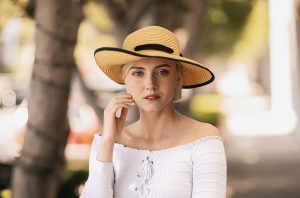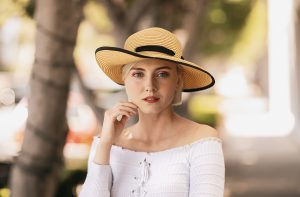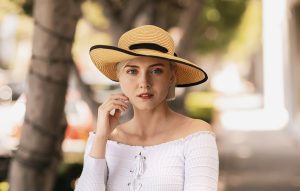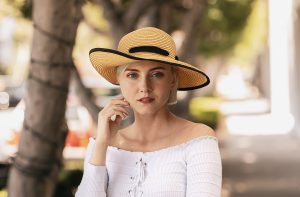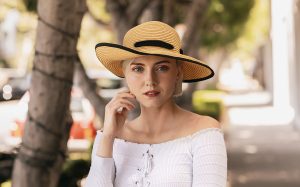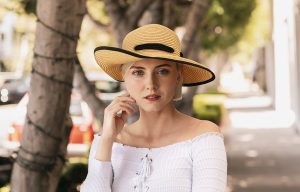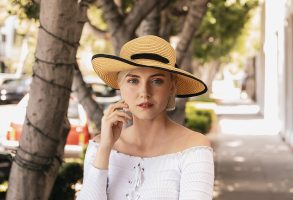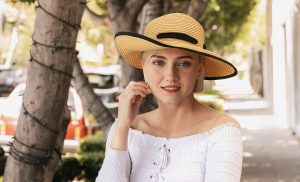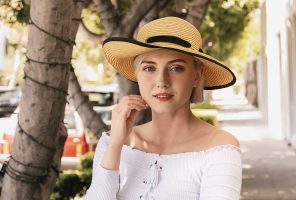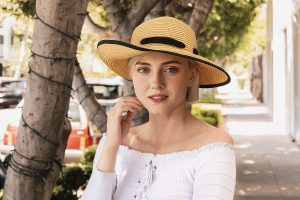Photo
Photography Fundamentals – How Aperture Changes Photos
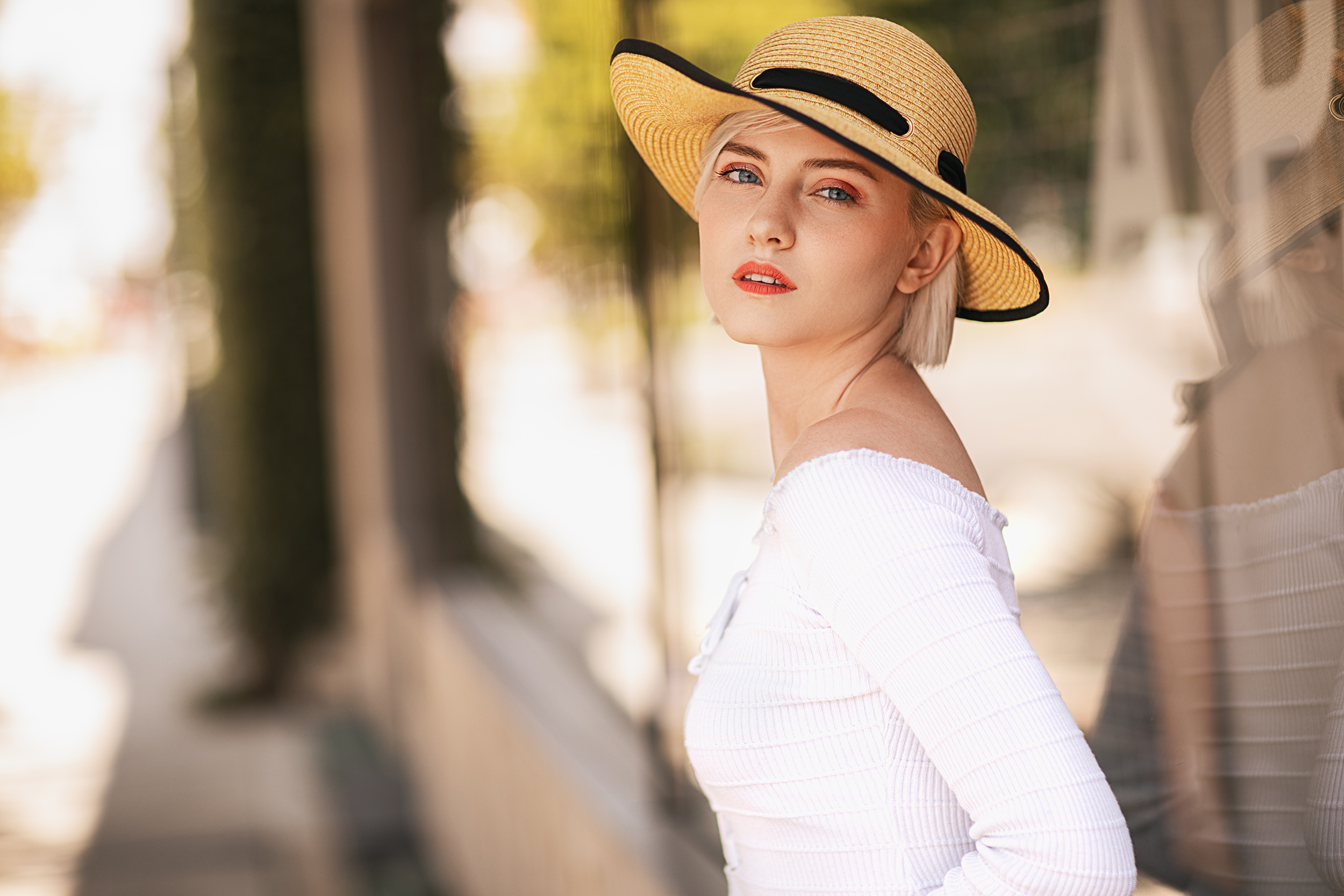
We cover a lot of things over here on the Lensrentals blog, and most of them teeter on the technically advanced edge of the scale. From measuring the flange distance on cameras down to the fraction of a millimeter to performing light tests to check the accuracy of color shift throughout power ranges, we’ve done a lot in technical studies on cameras, lenses, and lights. So we decided it was time to take a step back, and touch on something a bit more fundamental, and put together a three-part series explaining the exposure triangle, and how each setting alters your images. So today, let’s talk about the basics of aperture.
Exposure Triangle
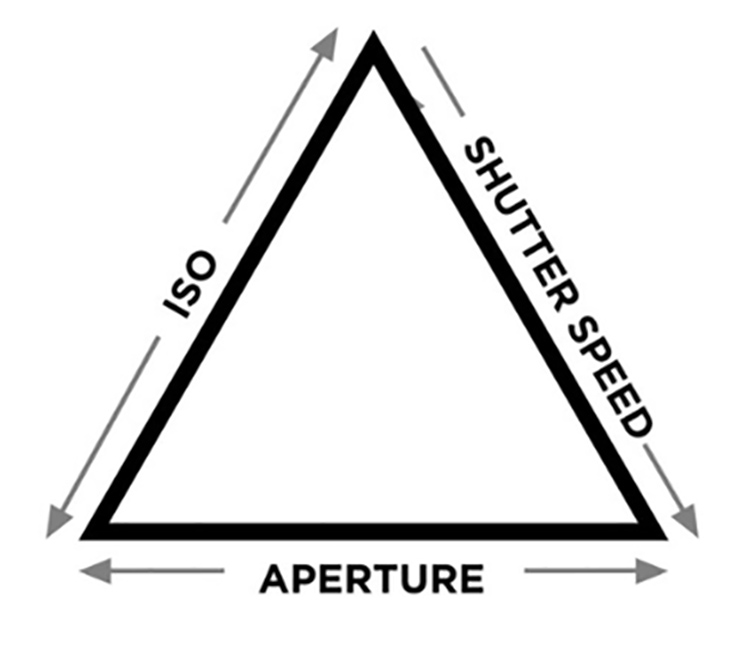
Properly exposing an image will always come down to three main settings – Shutter Speed, Aperture, and ISO. These three settings are known as the exposure triangle. To put it very simply, the exposure of an image will be the same if you adjust these settings in correlation with each other. For example, if you need to increase your shutter speed, you can adjust it by two 2/3 stops (so two clicks on your dial) to something faster, and open up your aperture by two clicks of the wheel to match the exposure from the previous shot. While each of these settings will alter the image’s exposure, they each have adverse effects on your image in other places. Today, we’ll be focusing on aperture, with shutter speed and ISO to come in future articles.
What Aperture Does
Aperture is the size of the opening that your lens creates, which allows light to pass through and enter the camera. The easiest way to describe aperture is to make a comparison to your eye’s pupil. When you enter into a darker environment, your pupil will enlarge, allowing for more light to pass through, as you go to brighter environments, your pupil will shrink, blocking some light from passing through.

However, the aperture will also control your depth of field within images. The depth of field is a term to describe the amount of the plane that is in focus, from front to back. When the aperture is set, and you focus your camera, one critical place will be in focus, with some area in front and behind that point to be in focus as well, before the focus plane falls out. A shallow depth of field can be created by opening up your lens to a lower F-stop, such as f/1.4, f/2, and f/3.5. This will create a wider hole for light to pass through to your camera, and create a shallow depth of field. The same can be said to have a larger depth of field – apertures such as f/8, f/11, & f/14 will assure that a larger plane within the image is in focus.

Focal Plane Example – The further you look down the sidewalk, the less objects are in focus.
Large Apertures vs. Small Apertures
The naming scheme for apertures can be fundamentally difficult to wrap your head around, as it’s considered opposite to how most people traditionally think. Large apertures are generally defined by the size of the opening in the lens and are named using smaller numbers. So, in short, larger apertures are apertures like f/1.4, f/2.5, and f/3.2, whereas smaller apertures are represented by larger numbers, such as f/14, f/18, and f/22.
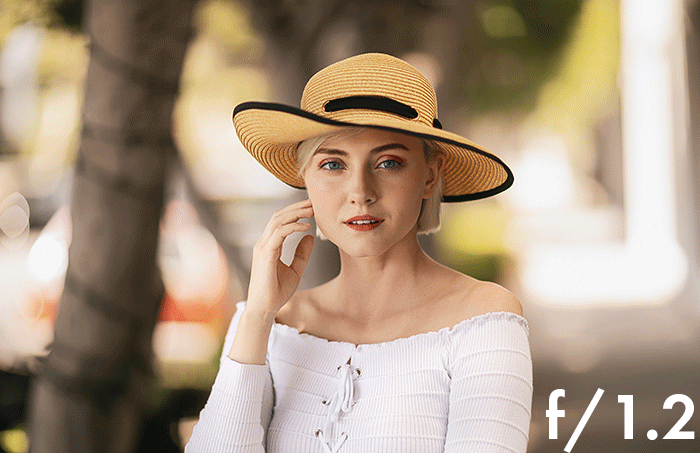
Comparison of f/1.2 vs. f/10
Other terms will often come into play as well. The phrase shooting “wide open” means shooting at the largest aperture available for the lens. For example, if you were using the Canon 50mm f/1.2L lens, wide open is considered f/1.2, giving you an incredibly shallow depth of field.
Examples of Different Apertures
- F/1.2
- F/1.6
- F/1.8
- F/2
- F/2.5
- F/3.5
- F/4
- F/5.6
- F/6.3
- F/8
- F/10
How Aperture Correlates with Cost
Where ISO and shutter speed are controlled exclusively by the camera body in a digital camera, the aperture is functioned entirely by the lens itself. Thus, the aperture capabilities are the number one determining factor of the cost when looking at lenses. What makes a lens like the Canon 85mm f/1.2L II or the Nikon 105mm f/1.4E ED so expensive isn’t because of the sharpness of the image quality, or autofocusing accuracy, it’s that they are capable of shooting at an incredibly large aperture, giving you a razor-thin depth of field.
How Depth of Field is Calculated
The calculation for the depth of field is dependent on a number of variables, which is why it’s pretty difficult to determine on the fly. The approximate depth of field can be determined by using the following formula —
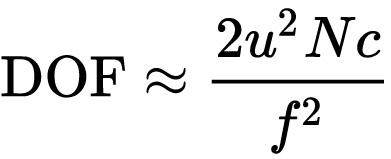
A given circle of confusion (c), focal length (f), f-number (N), and distance to the subject (u).
However, there is a much easier way to determine your depth of field within an image. Using a depth of field calculator, you’re able to see the approximate depth of field you can expect with a specific camera, lens, and setting. Playing around with this calculator, you’ll quickly see why very fast lenses cost so much – because they require precision to achieve some of the incredibly shallow depth of field when shot wide open.
Styles of Photography & What Apertures They Generally Use
This is purely a matter of opinion, as different photographers do things differently, but there are set apertures people will often use dependent on the work they perform.
f/1.0 – f/4 – Most commonly used for natural light portrait photography, low light photography, concert photography, and other types of photography where you want to use depth of field to bring attention to your subject.
f/4 – f/8 – Commonly used in landscape and architectural photography where you want the subject in focus, while still having some depth of field.
f/8 – f/16 – Most commonly used in landscape photography, architectural photography, macro photography, and studio photography where you want a large focal plane in focus.
And that is a basic overview of how aperture will affect your images. If you’d like to learn more about depth of field within images, Lensrentals.com founder Roger Cicala has written an in-depth piece in our archives. Join us in the next week, as we cover the other two aspects of the exposure triangle – shutter speed and ISO.
Author: Zach Sutton
I’m Zach and I’m the editor and a frequent writer here at Lensrentals.com. I’m also a commercial beauty photographer in Los Angeles, CA, and offer educational workshops on photography and lighting all over North America.
-
Yoan
-
Frank Kolwicz
-
SpecialMan
-
SpecialMan
-
Bruno
-
Yoan
-
Yoan
-
Frank Kolwicz
-
J.L. Williams
-
Sheldon

